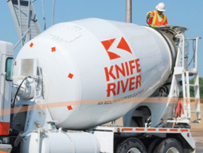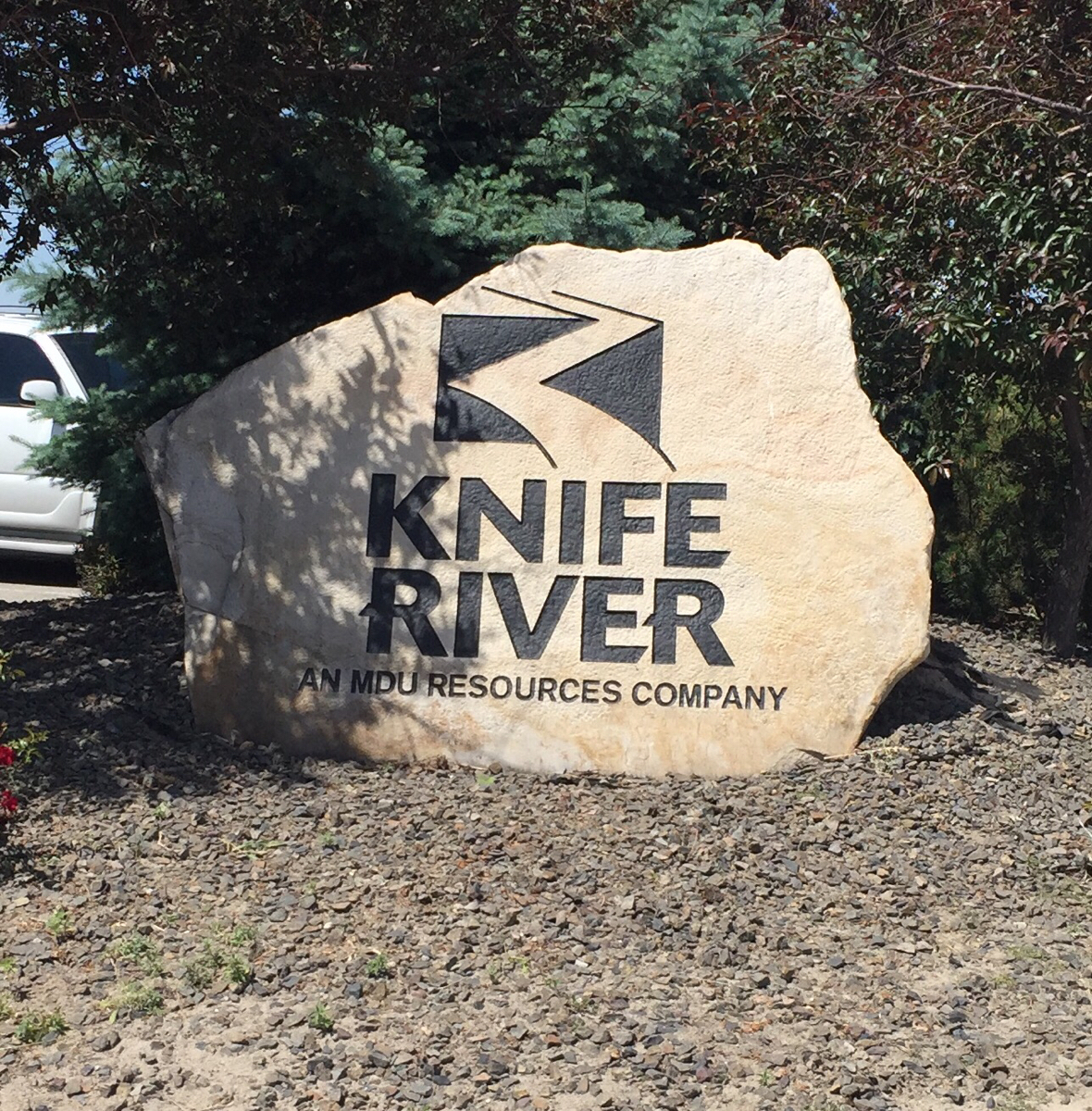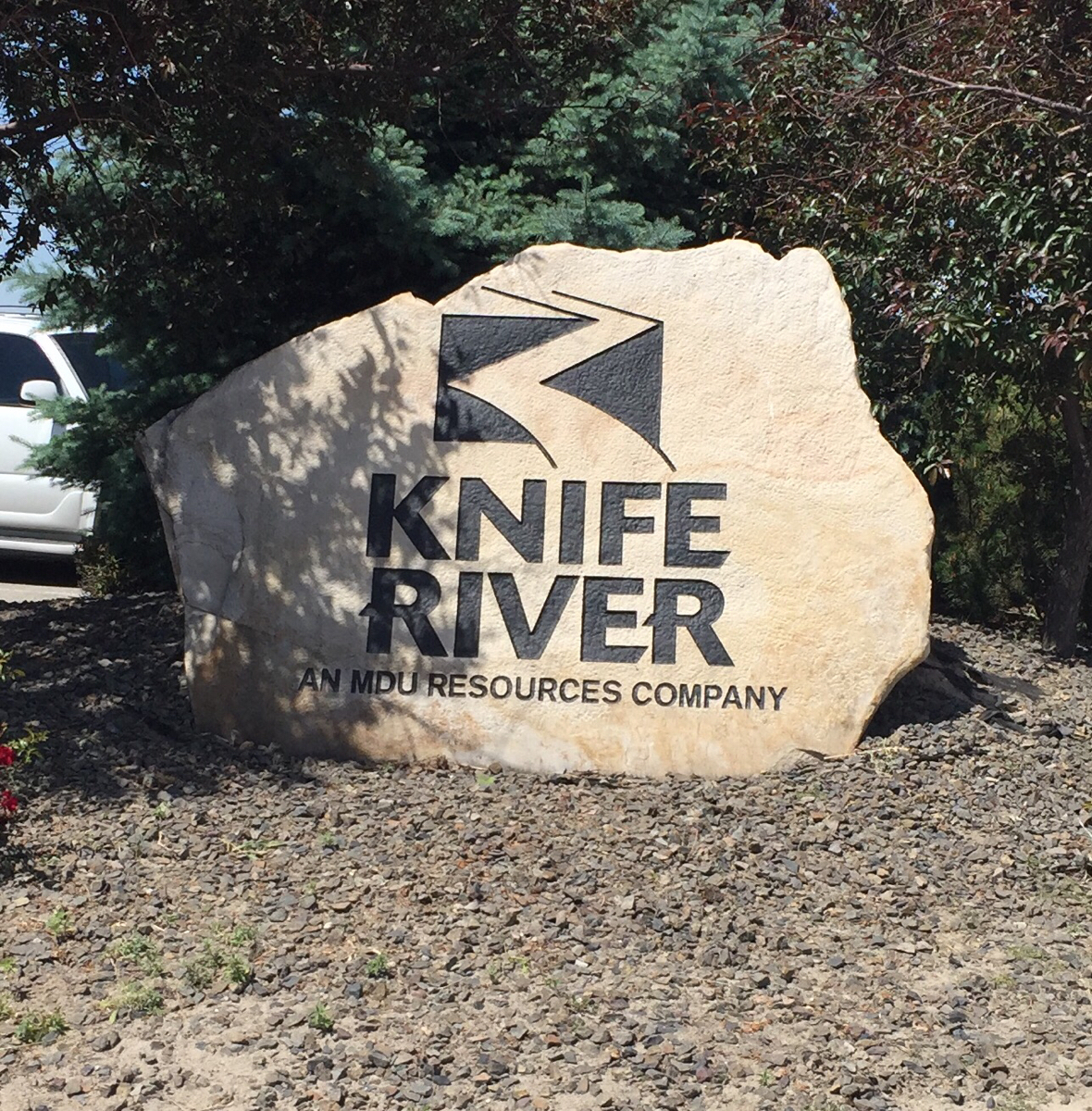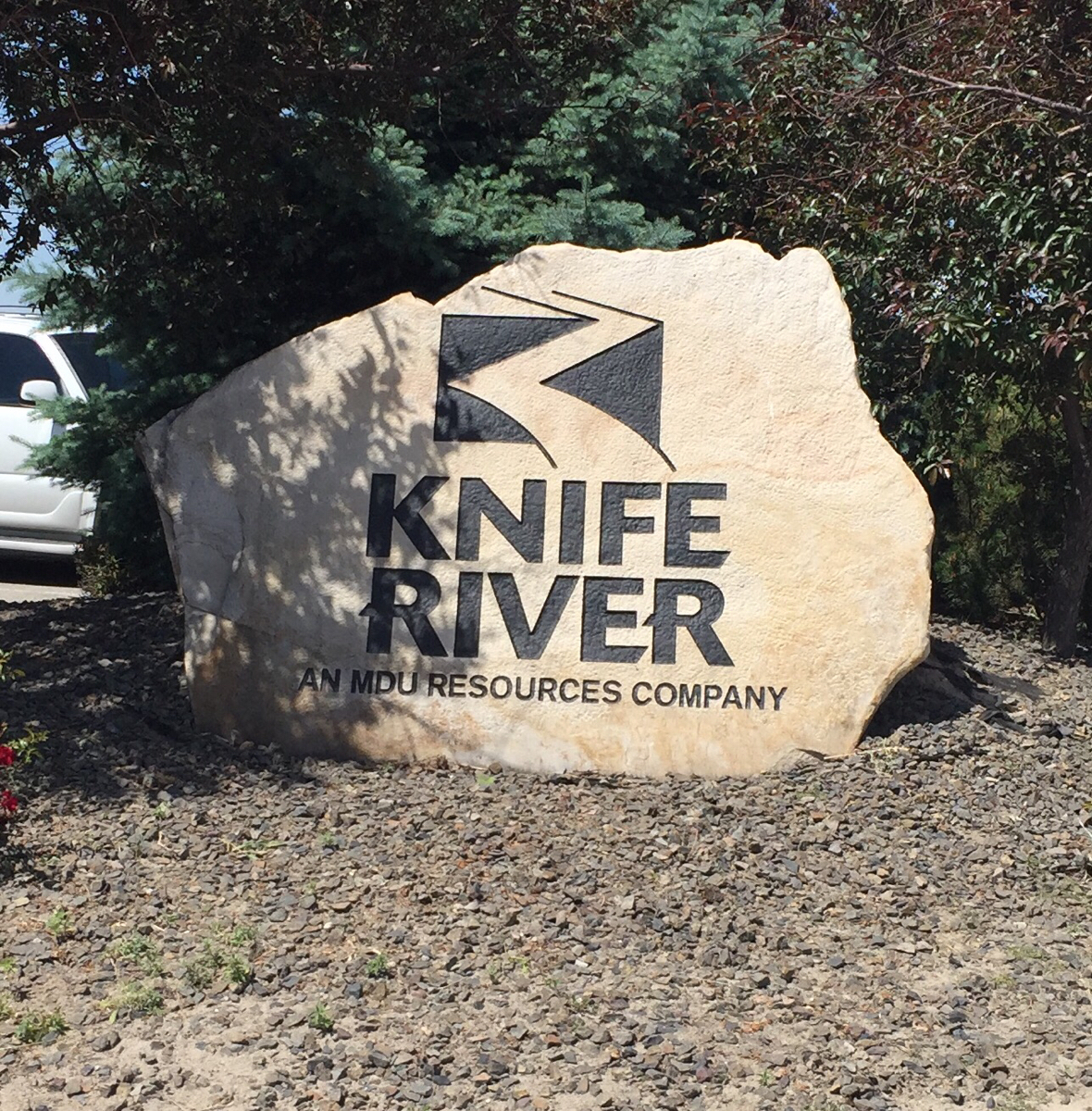Information
-
Document No.
-
Audit Title (Site-SWPPP-Date)
-
Site Name & Permit Number
- 62nd and Rimrock Storm Pond - MTR107048
- Bridger Steel - MTR107002
- Coal Creek Homes Phase 1 - MTR107049
- Columbus Airport - MTR107011
- Grand Ave. between 52nd and 56th - MTR106846
- High Sierra - MTR106805
- Little Creek Townhomes - MTR106675
- Plainview Warehouse - MTR106676
- Runway 10R-28L Shift Construction - MTR106934
- Sweet Grass Creek Chapel - MTR106703
- Twin Pines Townhomes - MTR106811
- Other - Not Listed
-
Site Name and Permit Number
-
Division
-
Location
-
Inspection Conducted on
-
Type of Inspection
- Weekly Inspection
- Bi-Weekly Inspection
- Post Storm Event Inspection
- Completed Earthwork Construction
- Winter Shutdown Inspection
-
Date of Significant Storm Event
-
Prepared by
-
Is the Inspector’s SWPPP Training valid and up-to-date? (Training within 3 years)
-
Additional Personnel conducting Inspection
Weather & Site Conditions
Weather Conditions at Time of Inspection
-
Wind Direction
- North
- South
- East
- West
- Northwest
- Northeast
- Southwest
- Southeast
-
Current Site Conditions
- Sunny
- Overcast
- Dry
- Wet
- Frozen
- Stabilized
Site Inspection
The 2013 General Permit for Storm Water Discharges Associated with Construction Activity and the authorization to discharge shall expire at midnight, December 31,2017.
Routine and Storm Event Inspection
-
Check the Box to view the Inspection Requirements per Section 2.3 of the Construction General Permit
-
Inspections must be performed by a SWPPP Administrator as defined in Part 3.2. of this permit. Site inspections are to be conducted during the construction project's normal working hours and the inspection schedule must be documented in the SWPPP. Site inspections must be performed in accordance with one of the two schedules listed below in Parts 2.3.1. or 2.3.2., unless subject to the schedule in Part 2.3.3. The initial SWPPP submitted with the NOI Package must specify which inspection schedule will be utilized (either Part 2.3.1. or 2.3.2.),
and this inspection schedule must be used until final stabilization is achieved for all areas of the construction activity, except for any temporary reduced inspection schedule as allowed in Part 2.3.3. The permittee cannot switch between the inspection schedule options in Parts 2.3.1. and 2.3.2. during the life of the permit authorization. -
Check the Box to view the Inspection Schedules outlined sections 2.3.1 and 2.3.2 of the Construction General Permit.
-
2.3.1. Weekly Routine Inspections
A SWPPP Administrator must, at a minimum, conduct a routine inspection at least once every 7 calendar days.
2.3.2. Biweekly Routine and Post-Storm Event Inspections
A SWPPP Administrator must, at a minimum, conduct a routine inspection at least once every 14 calendar days, and a post-storm event inspection must be conducted by a SWPPP Administrator within 24 hours of the end of a rainfall event of 0.25 inches or greater, and within 24 hours of snowmelt due to thawing conditions which causes visible surface erosion at the site. When a post-storm event inspection occurs, this can be credited as a biweekly routine inspection, but the biweekly routine inspections must commence again no later than 14 calendar days after the last post-storm event inspection.
2.3.3. Reductions In Inspection Frequency
The normal selected inspection schedule stated in Part 2.3.1. or 2.3.2. may be temporarily reduced to a routine inspection every 30 calendar days only if one of the following conditions
exists:
1. The construction activity at the site is temporarily inactive or shutdown and all areas of disturbance have achieved "temporary stabilization" as defined in Part 5 of the permit; or
2. After the permittee has completed earthwork and construction activities at the site and has installed the SWPPP erosion and sediment BMPs necessary to establish final stabilization at a later date.
In either case, all sediment and erosion BMPs must be in place as identified in the SWPPP. The inspection schedule must be documented in the SWPPP. -
Is the SWPPP (including implemented BMPs and the SWPPP Map) Current? The plan will be modified whenever there is a change in design, construction, operation, or maintenance that changes the potential for the discharge of pollutants to waters of the state or if the plan proves to be ineffective in eliminating or minimizing pollutants present in storm water.
-
Are there any previously unidentified discharges of pollutants from the site?
-
Are there any observations of obvious indicators of storm water pollution?
-
Are there any discharges occurring at the time of the inspection? If Yes, please describe location(s) and description of discharges of sediment or other potential pollutants from the site.
-
Are there any BMPs or control measures needing maintenance or repairs? Describe Location(s) and description of BMPs that need to be maintained.
-
Are there any BMPs or failed control measures that need replacement? Describe Location(s) and description of BMPs that failed to operate as designed or proved<br>inadequate for a specific location.
-
Are any additional BMPs or control measures needed to comply with the permit requirements? Describe the Location(s) and descriptions where additional BMPs are needed that were not in place at the time of inspection.
-
Are there any incidents of noncompliance observed?
-
Is there Industrial materials, residue, or trash that may have or could come into contact with storm water?
-
Are there Leaks or spills from industrial equipment, drums, tanks, and other containers?
-
Is there Offsite tracking of industrial or waste materials, or sediment where vehicles enter or exit the site?
-
Is there tracking or blowing of raw, final, or waste materials from areas of no exposure to exposed areas?
Corrective Actions
Please list any discharges observed, corrective actions identified, date identified and date the corrective actions were completed.
-
Describe any deviations from the minimum inspection schedule as provided in Parts 2.3.1., 2.3.2., and 2.3.3. of this permit.
-
Describe any additional control measures needed to comply with the permit requirements:
Additional Control Measures
-
Additional Control Measures
-
Describe any incidents of non-compliance observed and not described in the prior questions:
Incidents of Non-Compliance
-
Incidents of Non-Compliance
-
Describe all corrective action taken for as a result of this inspection, respective dates for the corrective action(s) taken for each, and respective measures taken to prevent future recurrences for each (including consequent changes to the SWPPP)
Corrective Action Notes
-
Corrective Action Notes
-
Use this space for any additional notes or observations from the inspection:
-
Check to box to confirm that you have read and understand the Certification Statement: I certify under penalty of law that this document and all attachments were prepared under my direction or supervision in accordance with a system designed to assure that qualified personnel properly gathered and evaluated the information submitted. Based on my inquiry of the person or persons who manage the system, or those persons directly responsible for gathering the information, the information submitted is, to the best of my knowledge and belief, true, accurate, and complete. I am aware that there are significant penalties for submitting false information, including the possibility of fine and imprisonment for knowing violations.
-
Name and Signature










